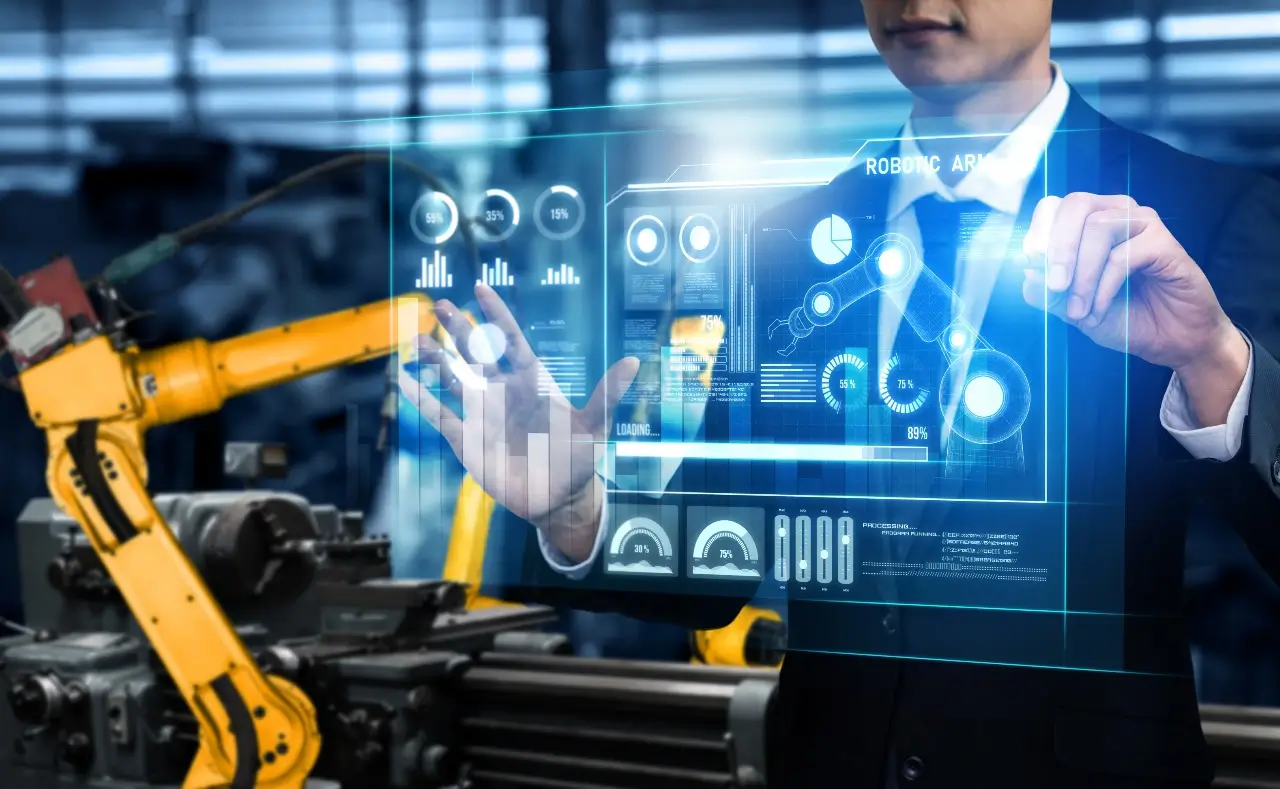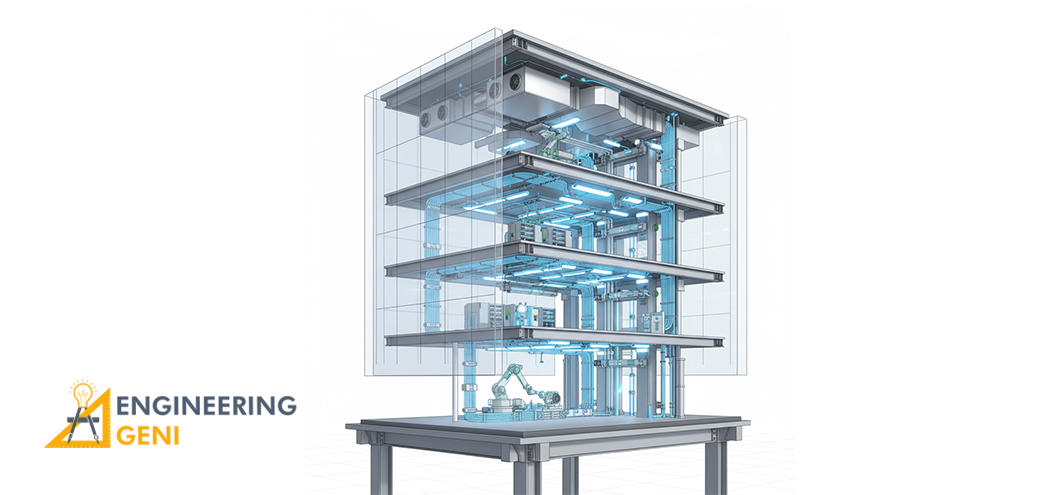AI Technology in MEP Drafting: Smarter Designs, Less Stress, and Zero-Rework Projects
In construction, a single missed clash can set off a chain reaction: costly rework, schedule delays, and frustrating finger-pointing. For too long, MEP (Mechanical, Electrical, and Plumbing) coordination has felt like a high-stakes, manual battle where profitability is constantly under threat.
But what if you could change the game? What if precision wasn’t a struggle, but a given? The good news is, the era of manual, error-prone coordination is ending.
Artificial Intelligence (AI) is the engine driving this change. It’s moving MEP drafting from a necessary evil to an intelligent, hyper-efficient strategic advantage. This isn’t about futuristic fantasy; it’s about solving today’s biggest design challenges with smart technology.
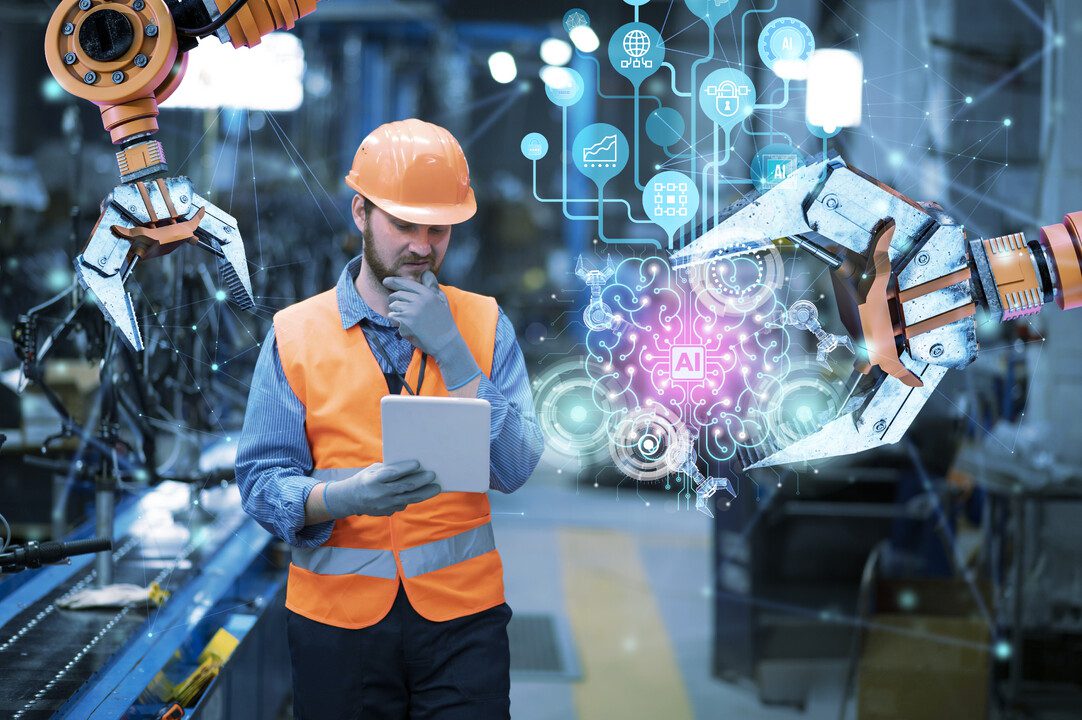
What AI-Powered Drafting Really Means for You
AI-powered MEP drafting is the integration of machine learning into the design process. It doesn’t replace your expertise; it gives you a superpower.
The Shift from Manual to Intelligent Design
Traditional CAD/BIM relies heavily on your team’s manual input for every line, calculation, and clash check. AI fundamentally changes this by working as an intelligent co-pilot:
| Traditional Drafting: Manual & Reactive | AI-Powered Drafting: Intelligent & Proactive |
| Human-Centric: Dependent on manual adjustments and revisions. | Data-Driven: Learns from vast datasets of successful and failed projects. |
| Iterative: Clash detection is a slow, manual cycle of finding errors. | Predictive: Anticipates and flags potential clashes before they fully develop. |
| Fixed Rules: Limited to pre-set code checks. | Real-Time Optimization: Suggests superior routing and design modifications instantly. |
The Core Value: Smarter Insights
This shift means AI can automate repetitive tasks, provide proactive clash detection, and offer data-driven insights to optimize your system layouts, saving materials and boosting energy efficiency.
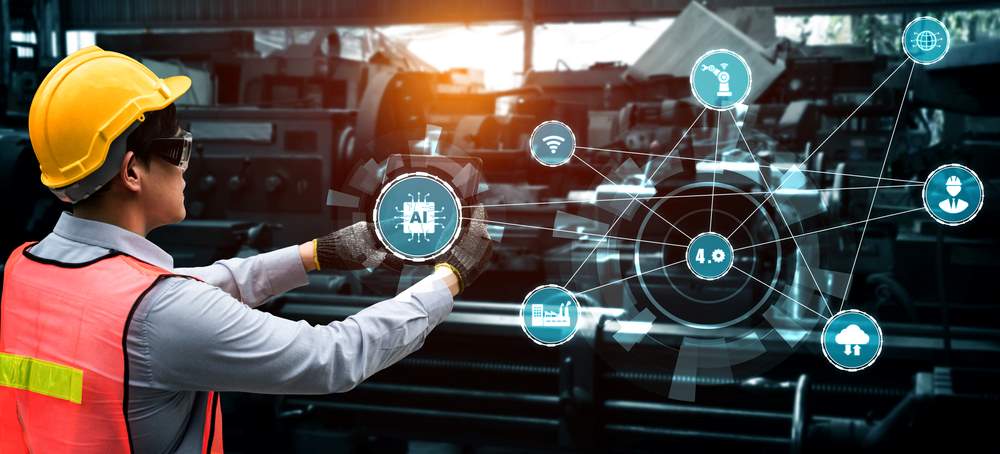
Your Biggest MEP Headaches, Solved by AI
Every experienced engineer knows the pain points of traditional drafting. Here’s how AI provides genuine relief:
1. Eliminating Clash Detection Blind Spots
The Problem: Even with BIM, manually identifying every minor conflict—especially soft clashes (like maintenance clearance)—is virtually impossible. Errors often show up late, when demolition and rework are the only options.
The AI Solution: AI algorithms scan complex 3D models with unmatched speed and accuracy. They don’t just find clashes; advanced AI suggests the optimal new routing or design tweaks, drastically reducing the need for manual intervention.
2. Streamlining Team Coordination
The Problem: When architects, structural engineers, and MEP teams work in isolated silos, communication breaks down, leading to mismatched designs that surface during high-stress construction phases.
The AI Solution: AI platforms analyze all models simultaneously. It offers predictive coordination insights, flagging potential cross-disciplinary issues earlier than any human can. This creates a single, highly coordinated, and trustworthy model for everyone.
3. Cutting Down on Time and Cost Overruns
The Problem: Manual calculations, constant revisions, and slow, iterative design work consume excessive time and resources, unnecessarily inflating project budgets and frustrating clients.
The AI Solution: Leveraging generative design, AI can explore thousands of layout variations (based on your input parameters like energy needs and cost) and present the best-optimized solution instantly. This ensures compliance and efficiency from day one, resulting in faster project approvals and less material waste.
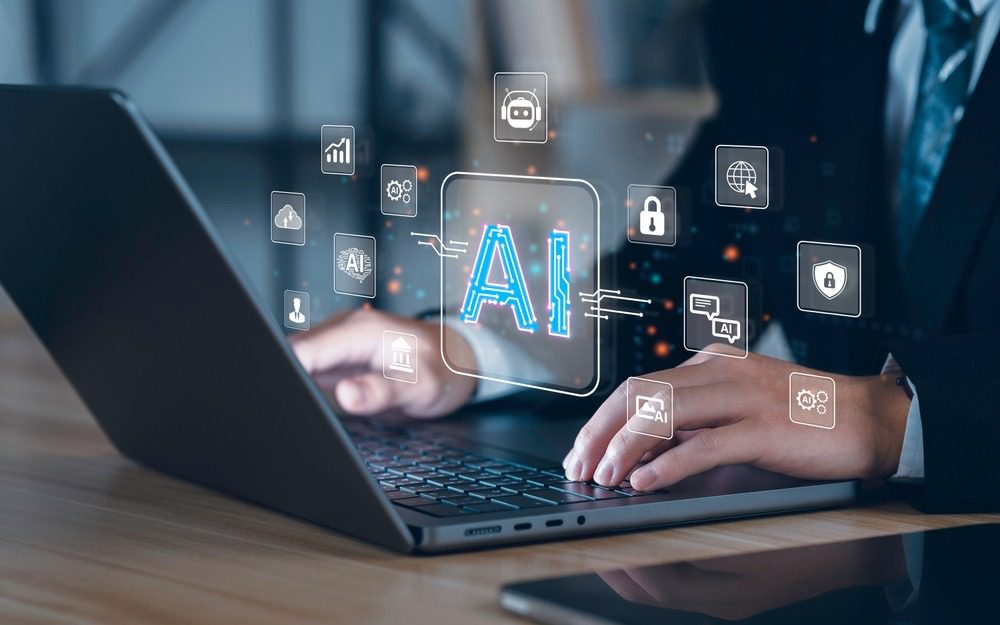
AI in Action: Real-World ROI
The investment in AI is a strategic move that pays for itself quickly. The greatest savings come not from cutting staff, but from drastically reducing the single biggest construction cost: on-site rework.
- For Hospitals (Where Precision is Life): One critical project used AI to identify 30% more clashes in the design phase than traditional human checks. This single discovery saved millions in potential rework and ensured critical systems (like medical gas and ventilation) were installed perfectly, guaranteeing safety and compliance.
- For Skyscrapers (Managing System Density): In high-rise projects, AI integrates dense MEP systems with structural elements perfectly. A commercial development in Asia reported a 15% reduction in MEP-related construction delays solely due to AI-optimized, clash-free designs.
- For Sustainable Design: AI is the ultimate tool for green building. It optimizes HVAC zoning and system layouts to meet stringent sustainability goals, often delivering up to a 20% improvement in building energy performance.

Looking Ahead: Your Role in the AI Future
The path forward for MEP professionals is clear: Embrace AI as an indispensable tool. The technology isn’t meant to take your job; it’s designed to free you from the mundane and empower you to focus on high-value, complex problem-solving.
Best Practices for Adoption
- Start Small, Win Big: Begin by integrating AI into high-impact, easy-to-adopt areas, such as using AI-enabled clash detection within your existing BIM workflow.
- Invest in Your Talent: Empower your existing team by providing comprehensive training in AI-enabled software and data interpretation. Your human expertise remains the most critical asset.
- Prioritize Hybrid Workflows: Use AI as an optimizer and assistant, but ensure human engineers retain the critical oversight, creativity, and ultimate quality assurance.
The firms that adopt AI early aren’t just gaining a competitive edge; they are redefining industry benchmarks for accuracy, speed, and sustainability.
Conclusion: The Future is Intelligence-Driven Design
The evolution of AI in MEP drafting is a defining moment for the construction industry. It moves us away from reactive problem-solving toward proactive, intelligence-driven design.
The message is clear: AI is not a trend to watch, but a fundamental shift that will be necessary for project success in the near future. By understanding its potential and adopting smart integration strategies, you can ensure your projects are delivered with unparalleled precision and efficiency.
To continue exploring how new technologies are impacting construction, subscribe to the Engineering Geni newsletter for expert analysis, in-depth reports, and the latest white papers on BIM, Digital Twins, and AI integration.

